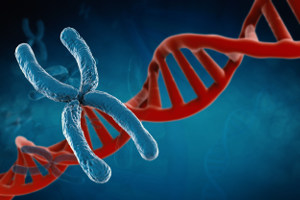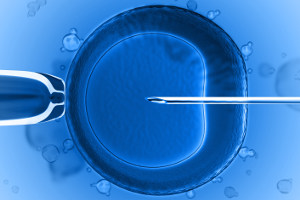Fanconi anemia is a genetic disease that causes a shortage of red and white blood cells. The cells of those affected also show a large chromosomal instability, with obvious signs of breakage and damage. This leads to growth retardation, malformations and increased susceptibility to tumors.
Who gets it tends to develop leukemia, brain tumors and genital apparatus. Usually it occurs at school age and gets worse with each passing year.
Researchers have identified to date 15 genes involved in the development of Fanconi anemia. Of these one is present on the X chromosome, causing a variation that occurs in males and females remains dormant, which become healthy carriers. Other changes will instead transmit an autosomal recessive trait: if both parents pass the affected gene to the child, they get sick.
Malformations and abnormalities in blood tests are the first warning bell. The actual diagnosis provides a cytogenetic examination, which serves to measure how the chromosomes are unstable in the presence of certain chemical compounds. In the event of cases in family, it is also recommended that you hire any prenatal test, which checks for the presence of the genes responsible.
At the moment, the only available treatment is the transplantation of stem cells, prelevale from the umbilical cord or bone marrow.
Add a comment





